13 Powerful Home Remedies for Acnes
Acnes are frequent breakouts for teenagers and adults, especially among women. But have you ever tried to trace them from their ugly pricking heads to the roots of their causes? I bet if you ever do, you might be able to stop them from appearing again. And even if it does not happen, you will be able to reduce the risk of scarring and help the acnes to recover earlier.
You wake up in the morning, expecting a smooth shiny face smile back at you in the mirror. But nah-uh! Plump red acnes, pimples, or blackheads won’t let that happen.
You don’t need to curse the universe for this. It happens frequently and to almost everyone. Do you remember how back in high school shiny acne-free faces were as rare as dragons?
Acne breakouts can hit the face, chest, shoulders, back and arms. They can be painful, cause scarring, and harm the individual’s self-confidence. So, it’s important to know the nature of acnes, why they occur, and how to treat them.
Acne treatments are as vast and versatile as all the factors causing them in the first place. The good news is that you can treat them at home, using some effective home treatment. You can either make alterations in your diet or use topicals. Together with this, if you search thoroughly, you will also find effective acne kits that accelerate the effect of home remedies.
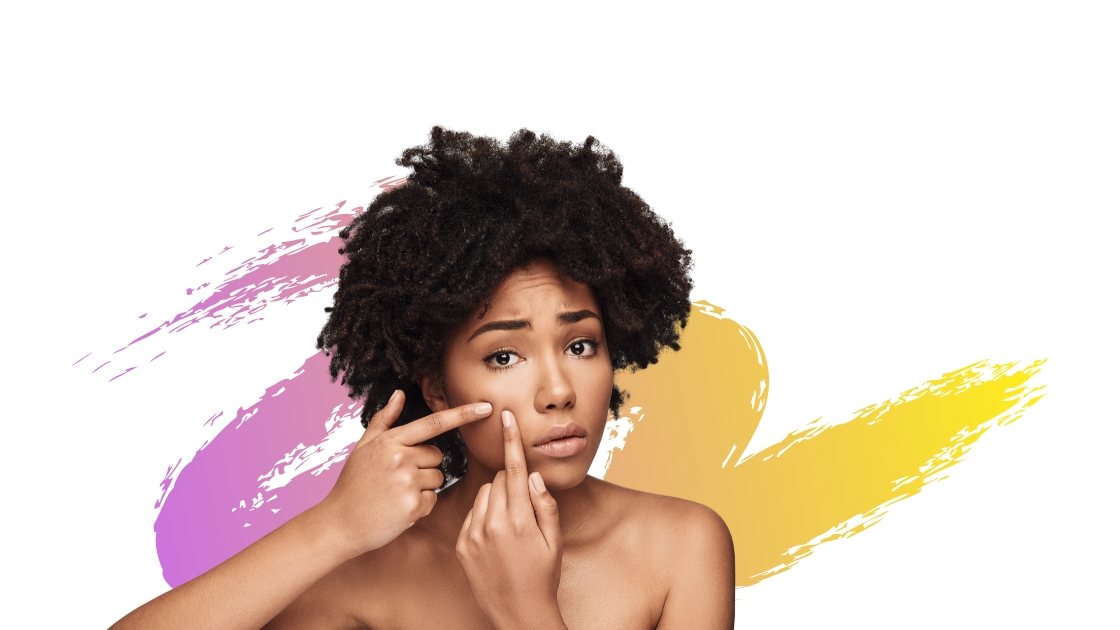
What is acne and why does It Occur?
Acnes are a kind of skin condition. According to Merriam Webster “a disorder of the skin caused by inflammation of the skin glands and hair follicles” specifically “a form found chiefly in adolescents and marked by pimples especially on the face”.
In a sense, the reason for the occurrence of acne is the clogging of skin pores and hair follicles by oil and dead skin cells. Besides acnes, pimples and blackheads also occur because of this condition. Usually teenagers suffer the most with this condition, but it is also common with adults, in both men and women.
Acnes have different categories. Mainly, they can be inflammatory or non-inflammatory. They can also have different degrees of severity; mild, moderate, and severe. The severity is also referred to in terms of grades.
Types of acnes
Non-inflammatory acnes
Blackheads and whiteheads are types of non-inflammatory acnes. Both of them are caused when skin pores are clogged by sebum and dead skin cells.
Even though the sebum is clogged in the skin, the top of the blackhead acnes stays open and in contact with air. Therefore, their color turns black. These are also called open comedones. When debris are clogged in a follicle or skin pore, they form blackheads.
On the contrary, the whitehead acnes are closed on top, and appear as small bumps. Because the whiteheads are closed, it is harder to treat them. Whiteheads are also called closed comedones. Whiteheads form by trapping of dead skin cells and sebum in the follicles.
Inflammatory acnes
These types of swollen acnes are caused by some sort of infection, in addition to the clogging of the pores. The infection is usually caused by bacteria in the deeper layers of skin. These types of acnes are usually more painful and harder to remove. Many acnes and pimples can be categorized as inflammatory.
Papules and Pustules are kinds of inflammatory acnes that are caused when the walls of the skin around pores collapse. The area around papules become pink, while pustules protrude out of the skin turn red. Pustules usually have white or yellow tops.
When extra pressure and irritation happens to swollen and clogged pores, nodules appear. These nodules occur at a deeper level than non-inflammatory acnes, pustules and papules. Because of this unfortunately you can’t treat them at home and need medical intervention.
Cystic acne are large white or red inflammatory bumps. They are caused by infection which in turn occurs because of bacteria, sebum and dead skin cells. They are usually formed in deeper layers of the skin than where nodules occur. Also, they can be painful when touched, and are most likely to cause scars if pricked.
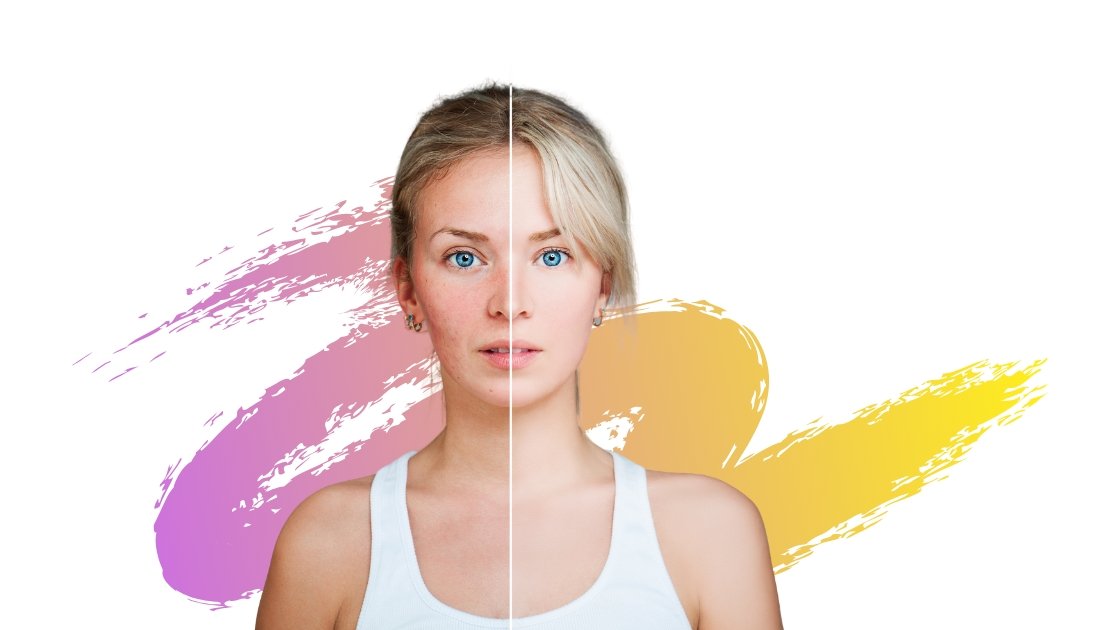
Severity of acnes
As we already mentioned, acnes can be mild, moderate, and severe. Blackheads and whiteheads are mild types of acnes. These can be easily removed by OTC topicals.
Pustules and papules are moderate inflammatory acnes. This means they are caused by some sort of an infection, so topicals are not as effective for their treatment. It is better to take medicine.
Cysts and nodules are the most severe types of acnes in this line. They are inflammatory and created deeper in the skin. So, neither topicals nor medicine will be effective in removing them. Typically, small surgeries at clinics are the way to go.
If we want to categorize the severity of acnes in terms of grades, then we can say:
Blackheads, whiteheads, and small non-inflammatory acnes such as pimples are grade I.
Small amounts of pustules and papules as moderate breakouts are categorized as grade II.
Larger breakouts of pustules and papules together with some nodules are grade III.
And finally, severe cysts, nodules, pustules, and papules are grade IV. These can appear on the face, chest, back, neck, and buttocks.
Signs and symptoms of acne:
You may be wondering how it is possible to spot acnes. Depending on the type of acne, its severity and causes, you will have to look for a variety of symptoms.
- Blackheads are small black spots, normally formed on the nose, at its base near the nostrils, forehead, under the lower lip, and around the chin.
- Whiteheads, are small white bumps which clearly show puss is clogged underneath the skin, and forms a head.
- When you spot round bumps, which are slightly red and don’t necessarily have a head, know that you’re dealing with a pustule or a papule.
- More tender, painful, and infected bumps which form in deeper in the skin which tend to get very swollen and longer time for healing are cysts and nodules.
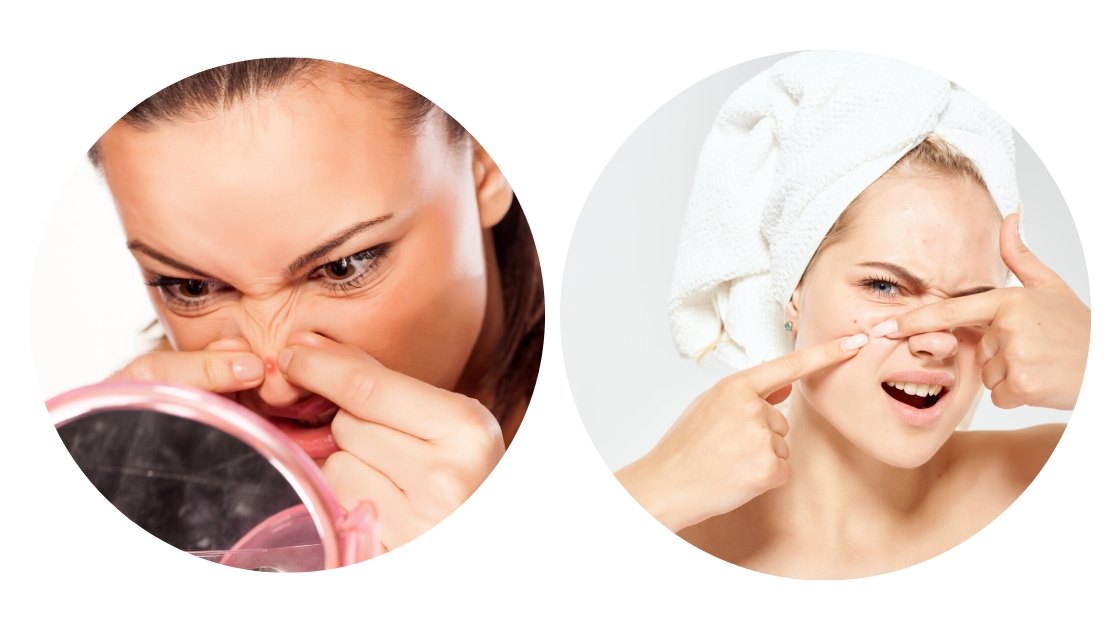
Please note that there are some other skin conditions which also look like acne. So, it is important that you are able to recognize the issue with your skin. Similar conditions that can happen to your skin are:
-
Folliculitis
-
Milia
-
Keratosis pilaris
-
Sebaceous hyperplasia
-
Sebaceous filaments
-
Rosacea
You need to be really careful in your diagnosis of what seems like an acne. In case of excessive pain, prolonged activity of the condition, and strong doubt, it is better to visit a dermatologist.
Causes and mechanism of different types of acnes
Acnes are caused for a variety of reasons which can also be recognized by the type of acne which appears on your skin.
The main causes of acne formation are:
- Excessive oil and dead skin cells clogging the skin pores and hair follicles
- Bacteria causing infection
- Excessive oil produced by the skin cells
- Over-production of androgensAcnes break out in areas of the skin with higher density of oil glands. These glands are connected to hair follicles. In fact, the oil is released in the follicle. It can then be trapped in the follicle and pores and make the area bulge out. Now if the top of the bump is open, the oil gets in touch with the air and changes its color to black or brown, causing a blackhead.The situation may get complicated if this blockage becomes infected by bacteria. This is when the bump becomes inflamed, and result in pimples. Cysts are formed with the same mechanism, only within deeper layers of the skin.Some other factors that affect the formation of acnes and worsen it include:
- Imbalance and fluctuation in production of certain hormones, such as androgens, increases the amount of oil produced in the skin as well. This is especially common with teens at the age of puberty, and adult women going through PMS, or experiencing irregular periods, early menopause, pregnancy and other ovarian issues.
- Stress, anxiety, depression, sleep deprivation.
- Genetic predisposition
- Poor diet which includes high intakes of fats, sugar, and refined products can contribute to the formation and even worsening of acnes.
- Medications, especially those which affect the hormones such as birth control pills.
- Friction caused to the skin by factors from the outside, by objects like helmets, backpacks, tight collars, cellphones, etc.
- Habits which can result in inflammations, such as smoking.
- Using greasy creams and substances regularly, without washing the area where the substance has been applied. Some chemicals used in your make up products can also lead to acne.
What to do
When you spot an acne, in the first place, it is important not to pick or pop it. Exerting extra pressure on acne might cause infection, worsen its condition. Using too much of acne products can also either make your skin increasingly dry or lead to excessive production of sebum.
There are so many ways to address acnes, and you don’t necessarily have to visit a dermatologist every time one just picks out of your skin.
You can treat acnes at home, using home treatments. Simple, and accessible products at home can address the acnes, especially the mild ones, very easily. However, might take longer for you to see results with moderate to severe acnes with home treatments. So, an ideal method includes clinically approved acne kits along with home remedies. You can use these products together with your simple home treatments and never worry about another breakout.
13 home remedies for acne
-
Clean your skin
The most important step for treating acne is keeping a clean skin on a daily basis. Gentle cleansing will take you steps further in your fight against the blackheads, whiteheads, and pimples.
Sometimes, the best solution is right in front of our eyes but we don’t see it. You can prepare a face wash with simple natural ingredients and apply them on your skin. Of course, not all ingredients have an optimal effect on the skin. So, you need to use ingredients which don’t cause aggressive reactions.
A recommended cleansing face wash
Ingredients: apple cider vinegar, honey, coconut oil, and essential oils
Apple cider vinegar is one of the popular organic ingredients for skin care. It is especially useful for cleansing the skin. Honey soothes and nourishes the skin, coconut oil stops the activity of bacteria and fungus, and tea tree oil strengthens the skin.
Be gentle with your face while applying the face wash. It is better to first dampen your face with warm water, then gently apply the face wash and massage it on the skin of your face and neck. Allow a little time for the ingredients to take effect and then rinse it with pure water. You can do this once in the morning and once in the evening, and once after working out. But you need to bear in mind that like any other substance, overusing this can cause result in skin irritation.
In addition to this, if you follow skin care routine reviews by dermatologists, you will find many effective products that can help clean the skin and get rid of acnes.
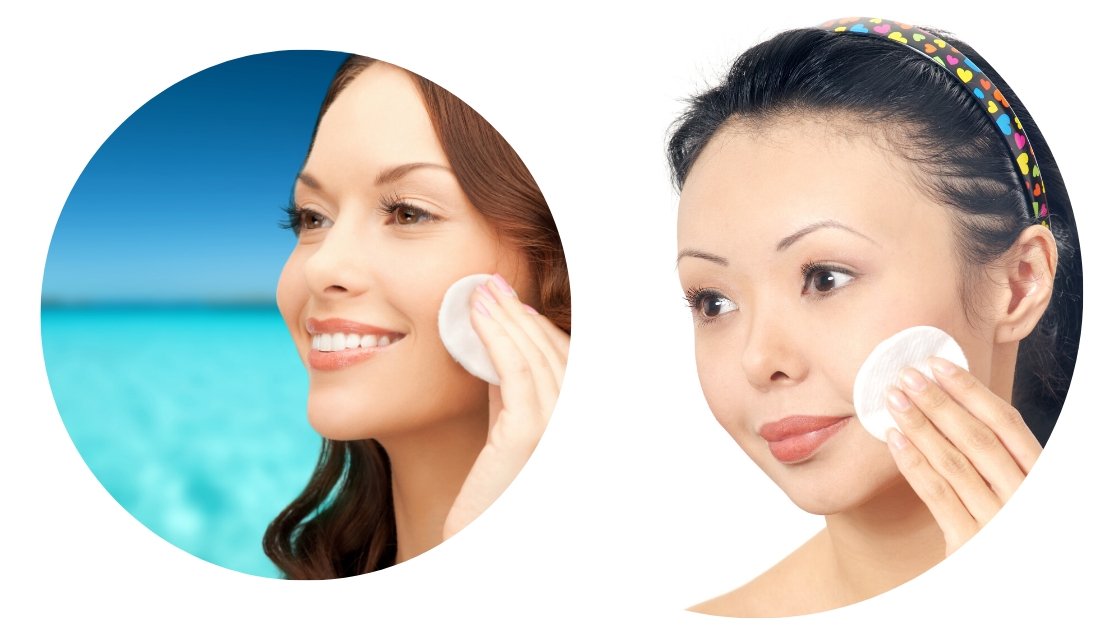
2:Exfoliate
The process of cleaning the pores of the skin, in a way that unclogs debris trapped in the skin is called exfoliation. Exfoliation is a necessary skin care step which helps fight not only acnes, but also rejuvenates the skin.
You can reach out to exfoliation scrubs and creams in the market. But you need to keep in mind that these products are made up pf chemicals you are probably running away from in the first place. Natural and organic products can come to the rescue. Facials with simple ingredients such brown sugar and oatmeal as dry ingredients, coconut oil and honey as base ingredients can work perfectly well to clean the pores and unplug the skin.
All you need to do is pick one dry ingredient and one base. Mix them into a paste and rub it on your face in circular motions. Make sure to cover all areas of the face, especially the ones most effected by acnes. Then remove the scrub with a towel and rinse your face.
Another powerful exfoliant is lemon juice. It is rich in vitamin C, a kind of citric acid and astringent, which is good for all skin types. Vitamin C is also an essential substance for skin rejuvenation.
You can squeeze fresh lemon juice on a cotton ball and apply it on the face as well as the acnes. In case you feel a tingling or burning sensation, you can add a little yogurt to the lemon juice.
3:Use toners
Toners help deep cleaning of the skin. As such, they are applied daily, after gently cleaning the face with a face wash. In addition to this, toners also have a quality that balances the natural pH of the skin.
One of the powerful ingredients is apple cider vinegar. It is rich in potassium and magnesium, also contains acetic acid. As such, it is able to treat the spread of bacteria and growth of fungi on the skin.
You can apply some vinegar on a cotton ball and rub it over your face, especially the areas affected by breakouts…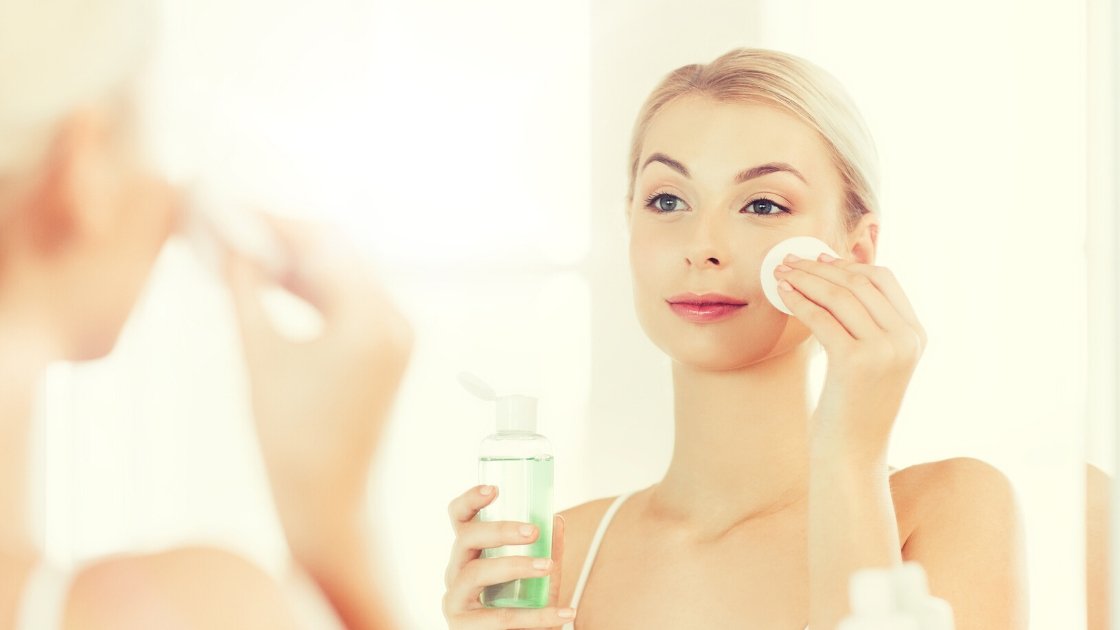
4:Tap into tea tree oil for spot treatment
Tea tree oil is extracted from the leaves of a tree in Queensland of Australia, called Melaleuca alternifolia. It is not the same plant that produces green or black tea. Tea tree oil has made its way to traditional medicine and many skin care routines.
It is rich in a compound known as terpinen-4-ol. The compound kills bacteria and fungi, while increasing the activity of white blood cells. As such, it can clean your face, prevent the spread or growth of germs on its skin, and help its healing.
As such, it is one of the most powerful weapons against acne. A 5% tea tree oil gel can effectively remove the factors blocking your pores and clean the area of the spot from bacteria. It has been even considered as effective as benzoyl peroxide; a powerful medication used to remove acnes.
If you find it too strong for your skin, you can mix it with water and apply it to your skin once or twice a day. You can also add a container oil such as coconut oil or jojoba oil, in case you get a burning sensation when applying tea tree oil.
5:Moisturize
When it comes to taking care of your skin against acnes, moisturizing the skin with proper methods is absolutely necessary. Yes, contrary to what people believe, moderate moisturizers are useful for skin with acne. In fact, if you dry the skin too much, it will force the oil glands to produce even more oil, and worsen the situation.Nourishing container oils make perfect moisturizers. One of the ideal materials to use is coconut oil. It is also used in many beauty products, and for a good reason. Coconut oil is rich in chain fatty acids that hydrate the skin, antioxidants which restore and rejuvenate the skin, and lauric acid which has an anti-bacterial function.But you might also find it too heavy for your skin. In fact, excessive amounts of coconut oil can cause breakouts. So, the choice is yours. Try a little bit of coconut oil, if you find it useful then let it enter your daily routine.Guide for moisturizing with coconut oil
Take ¼ of teaspoon coconut oil and warm it in your hands and gently rub it on your face and neck. Then take a soft cloth to gently rub the excess amounts off your face, because your skin only needs the amount that it absorbed.
6: Have a healthy diet
When it comes to taking care of yourself and your skin, nothing beats eating healthy. After all, they say you are what you eat for a reason.
For a healthy skin without acnes, first and foremost you need to avoid processed and ready-made unhealthy food. You need to avoid foods that run the risk of increasing inflammation in your body.
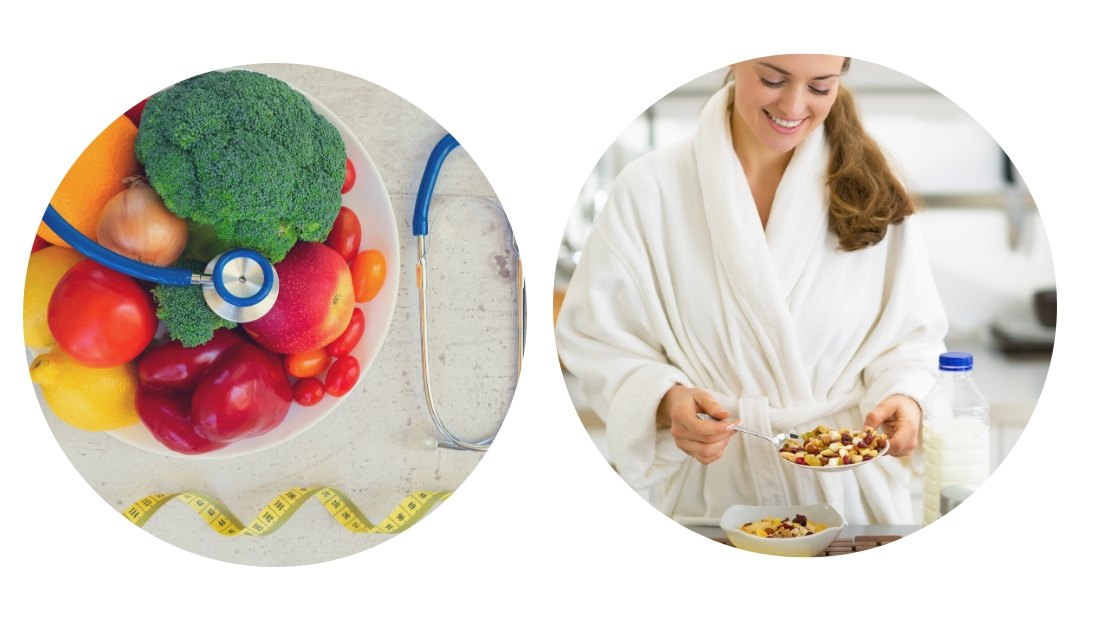
Avoid
- Refined and processed food with high glycemic index. With high glycemic food, the blood sugar increases quickly, and so does the chance of acne breakouts.
- Foods rich in carbohydrates and sugar. Surplus amounts of carbohydrates can turn into yeast and candida in the body, which in turn result in acnes.
- Gluten and wheat result in inflammation of the gut.
- Hydrogenated oils, which are used in fast food and in oils categorized under canola oil, vegetable oil, soybean oil, and corn oil, cause increased oil in the skin. These oils increase the oil in your skin, and lead to more acnes on the skin.
- When it comes to health in general, fast food is the all-time abominable enemy that needs to be avoided. Fast food and fatty foods may lead to acnes because of their contents of hydrogenated oils, chemicals, sodium, additives, and sugar.
Take
- The number 1 super food to always include in your diet is vegetables and fruits. Especially greens are leafy vegetables which are rich in fibers, as well as red fruits which contain high amounts of antioxidants. Fibers are powerful factors for fighting the growth of bacteria, while antioxidants benefit the heart and rejuvenate the skin.
- Speaking of fibers, it is also a good idea to consume more nuts and seeds.
- Take clean proteins. These are mainly plant based proteins, including nuts, beans, whole grains, and seeds. This also includes the plant-based meat, such as Tofurky.
- Vitamin A is always a good idea when it comes to your health and acne free skin. Include more carrots, spinach, and beef liver in your diet for rich sources of vitamin A.
- Zinc is another nutrient that helps fighting the acnes. Take more lamb, yogurt, chicken, and pumpkin seeds for more zinc in your diet.
- Last but not least, healthy fats such as omega-3 are effective nutrients for fighting acne breakouts. You can take wild-caught salmon, for more healthy fats in your diet.
7: Using supplements
Acne treatment on the inside can get a boost with a factor besides a healthy diet. You might not always receive the required nutrients with your food. In such cases, you can make use of supplements.
More specifically, probiotic supplements can improve digestion and the immune system of the body. As such, they also contribute to an acne-free, clean skin.
8: Avoid excessive sun exposure
Sunlight increases the levels and effectiveness of vitamin D in the body. This is an essential vitamin for many functions in the body. However, excessive exposure to the sun means excessive exposure to the UV rays of the sun which are not exactly healthy for the body.
In fact, too much exposure to sun causes sunburn in the skin cells. This increases pigment production in the skin, and increases the risk of acne scars on the face. It will also lead to inflammation, swelling, and dryness of the skin, which can equally cause scaring. In the short term, sun burn may cause suntan and cause your skin to look better. But in the long run, it will worsen the condition with your active acnes and even cause new dark spots or pimples to appear.
In order to prevent this, the best thing to do is avoiding sun exposure in the first place. Especially during the peak hours, from 10 am to 3 pm, your skin is more exposed to the ultraviolet rays of the sun.
In order to prevent sun exposure complications, you need to always moisturize your skin and use a sunscreen with SPF 30 to 50. As sunscreen products are loaded with chemicals, you can also use natural products like coconut oil. However, you need to know that natural products do not have as high amounts of SPF as creams and lotions.
9: Treat acne scars
When the main problem, that is acne, is finished the problem with scarring begins. You will need to be patient with acne scars, as they tend to stay around for years.
For treating acne scars, you need to be patient in the first place. Don’t pick or wound your acnes. Also, try to avoid the sun as much as possible during or after an acne breakout. This way, you will prevent prolonged healing and darkening of acne scars. Make sure to have some natural sunscreen on, in case you have no choice but exposure to the sun.
You can also use essential oils such as coconut oil, lavender oil, and tea tree oil. You can also add ingredients such as honey to the essential oils in order to make acne scar face masks at home.
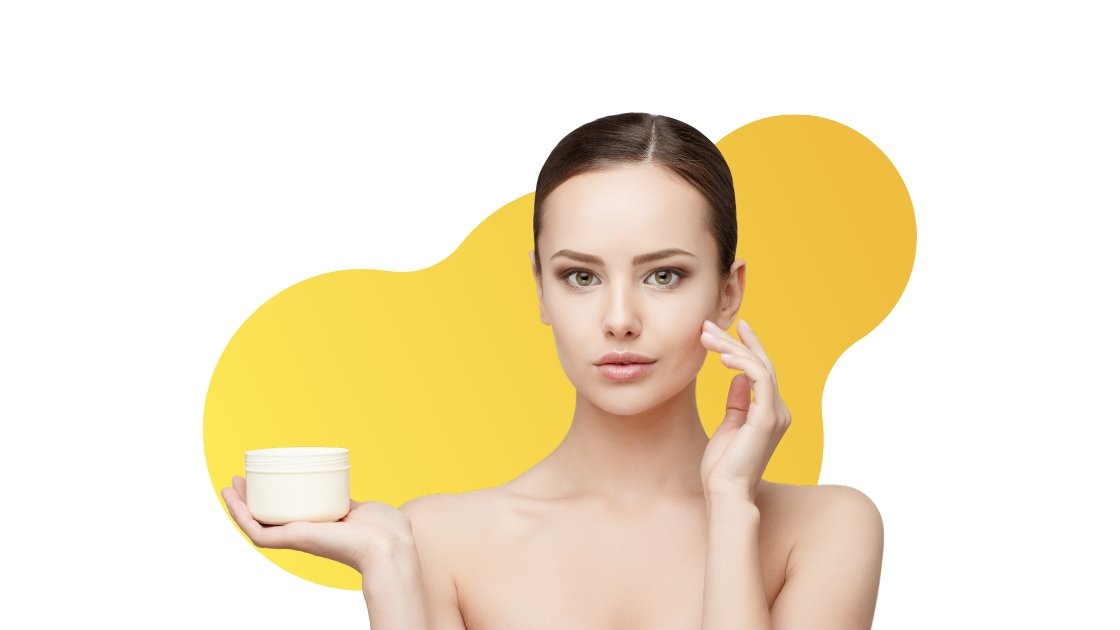
10: Wash your pillowcase
Your pillowcase might be the last thing you would think about for your skincare routine. But in fact, it plays an important part in your skin care regime when it comes to acnes.
Your face comes into contact with your pillow case, for an average of 6 to 8 hours every night. In case it is not washed properly at least once a week, all the substances and even the oil of your skin which have left on the pillow case will be absorbed back by your face. You can imagine what happens next in your skin, right?
11: Keep your skin fresh
Mint is a wonderful plant. It has cooling and anti-inflammatory effect on your skin. It will help you with the redness and swelling caused by acnes.
You can crush mint leaves with a blender or mortar or pestle. Apply the juice on your skin and leave it for 5 to 10 minutes, then rinse with pure water.
12: Steam your skin
Steaming is one of the effective ways to treat acnes. It opens up the skin pores and makes it easier for the germs and dead skin cells trapped inside the deep skin pores to be removed.
You can boil water, pour it in a large container, and let it cool for a few minutes. When it’s cooled down, it is the best time for you to lower your head near the surface of the water and drape over your head with a towel. Let this happen for 10-15 minutes, then pat your face dry with a clean towel. You can repeat this routine once a day.
In addition to this, you can also use toners or cleansers after this process. This will accelerate the cleaning of your pores and help you achieve a better result.
13: Use suitable acne kits
Treating your acnes at home can be perfected if you use the best acne kits. But how do you know which cream, gel, foam, kit, or treatment works best for your skin specifically? Some over the counter products may cause serious reactions or might simply not work well for your skin. There are some details you need to know about, before picking the right acne kit for your skin.
All of these products include an active ingredient, and each active ingredient may perform a specific function. Some of them effectively remove bacteria from your skin, others work by accelerating the growth of new skin cells, some of them remove excess oil from the skin, while some others remove the dead skin cells. They can also perform multiple functions.